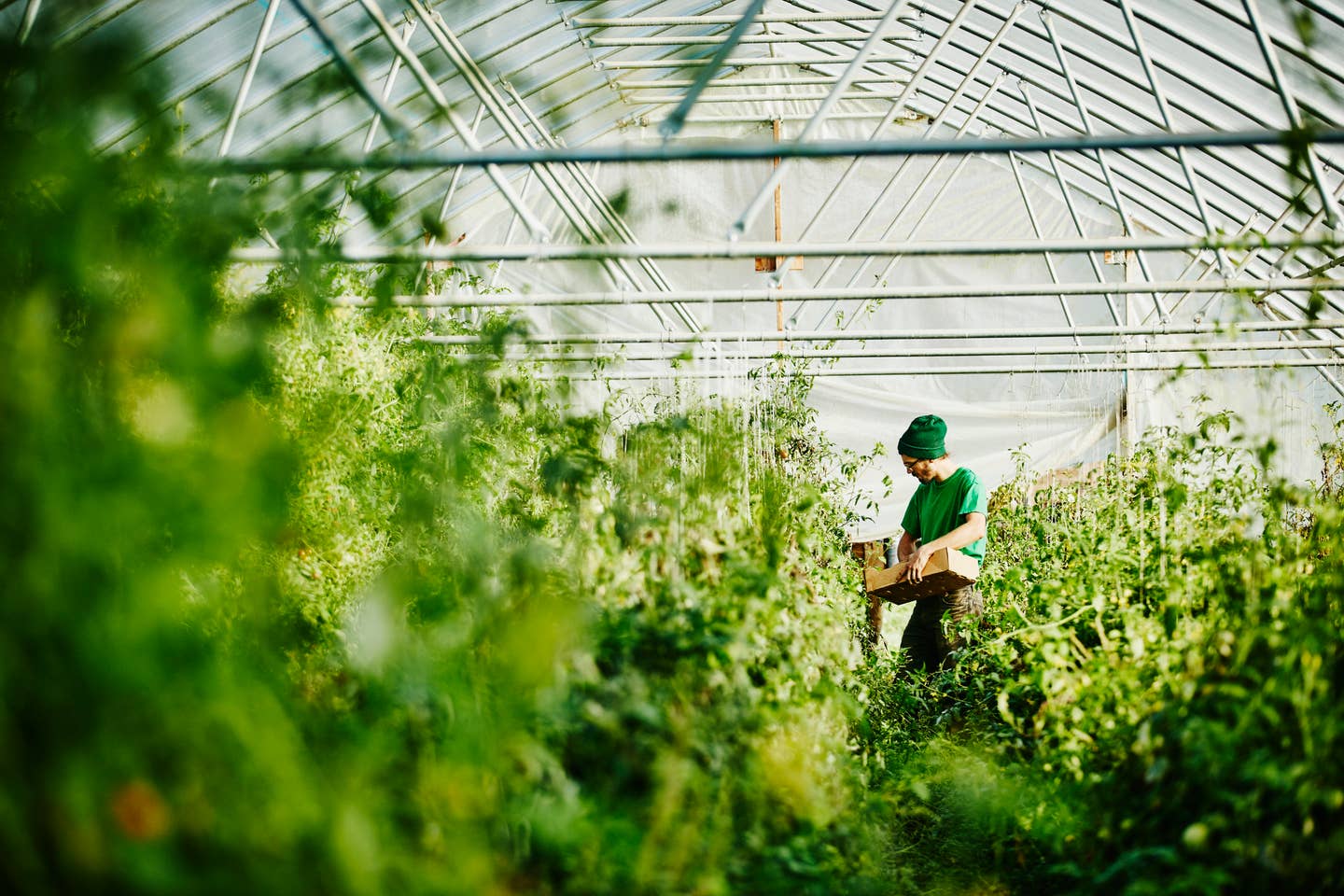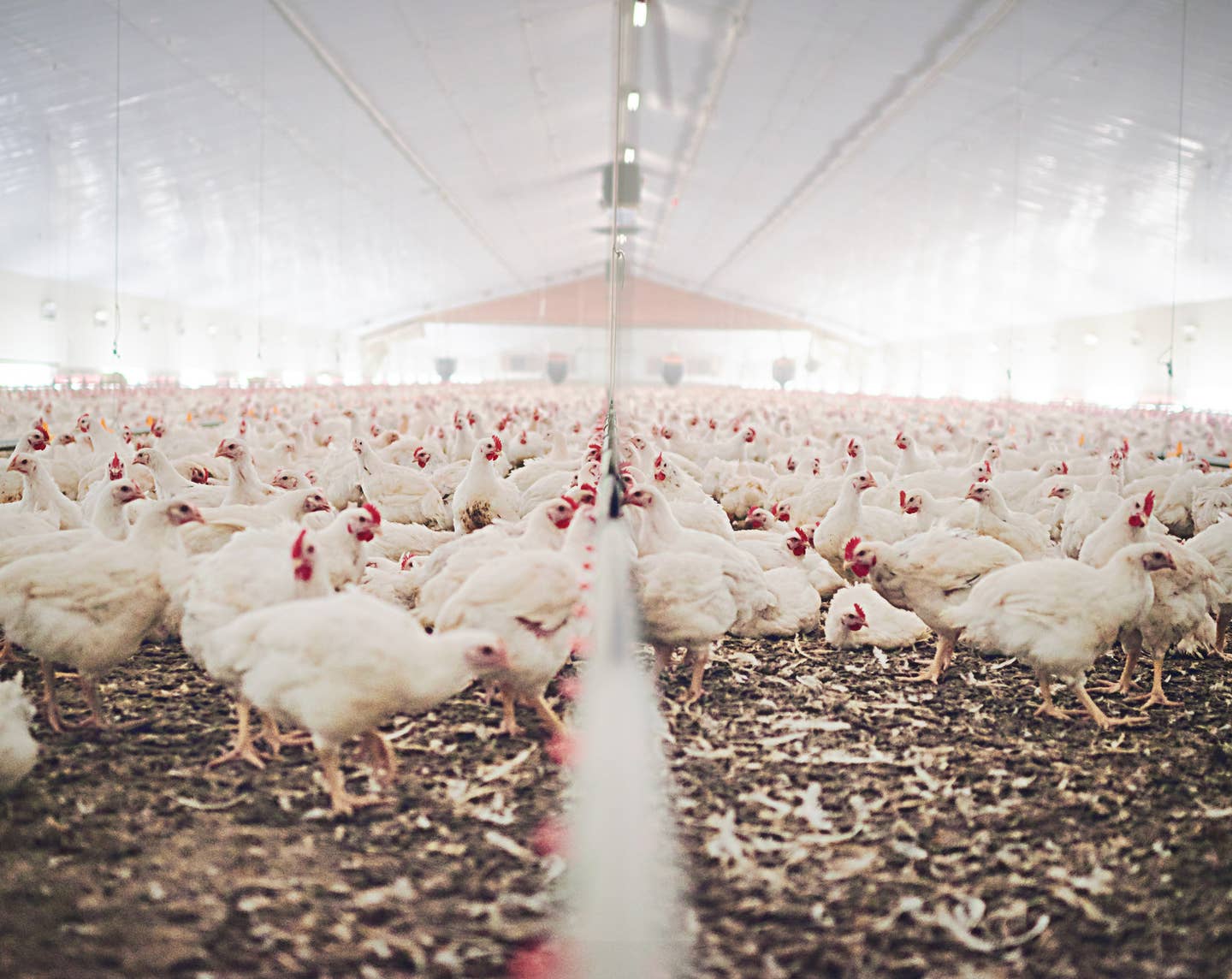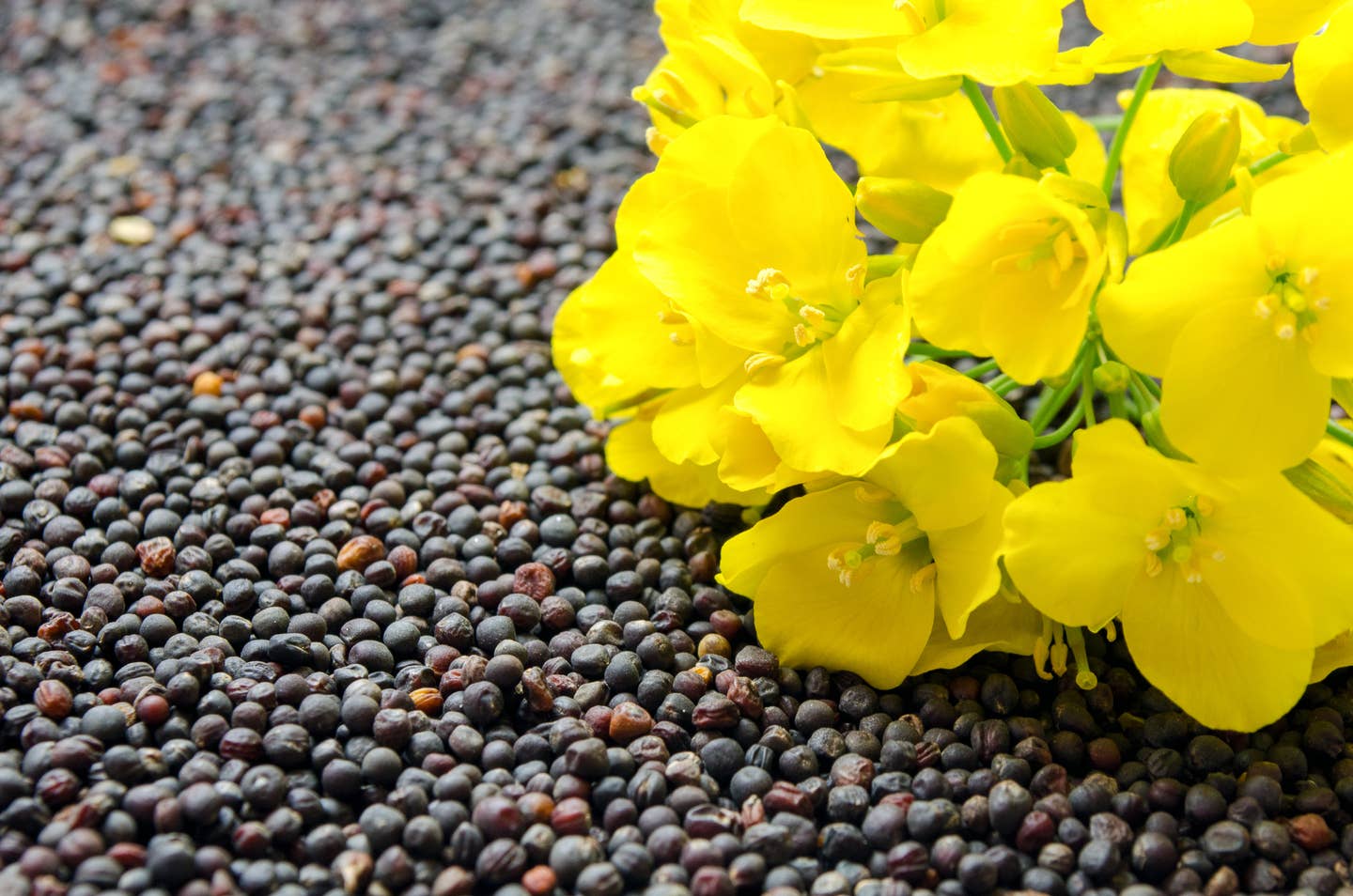
The Key to Achieve Net Zero Carbon Emissions? Cut Meat Intake
If global temperatures rise 1.5º Celcius above pre-industrial levels, dangerous environmental changes will become irreversible. To prevent climate change, governments worldwide have taken action to achieve net zero emissions before the global temperature reaches this breaking point. New research shows that eating vegan and promoting plant-based food systems will be the most effective method to stop climate change in its tracks.
After making promises to reduce greenhouse gas emissions, countries including Canada have fallen behind on their sustainability targets. Canadians can help the country successfully reach its 2030 climate targets by reducing their animal meat consumption by 50 percent, according to a report conducted by World Animal Protection and Navius Research.
The report highlights how animal agriculture will prevent Canada from achieving its sustainability goals due to significant greenhouse gas emissions. The Canadian Net-Zero Emissions Accountability Act aims to cut 40 to 45 percent cuts in greenhouse gas emissions by 2030 and net zero emissions by 2050. The report reveals that to reach net zero, the Canadian population will need to cut meat consumption by 80 percent.
“As the agriculture sector is faced with the challenge of decarbonization, there is increasing availability of meat- and dairy-alternative products on the market, as well as increasing awareness of the health and environmental benefits of shifting consumption away from animal plant-based foods,” the report says. “Shifting agricultural production from animal- to plant-based foods can impact emissions in this sector due to the emissions-intensive nature of animal agriculture.”
World Animal Protection also highlights how cutting meat consumption will make Canada’s sustainability goals more cost-effective in the long run. The report shows that if Canada’s animal consumption is lower, sustainability initiatives will cost 11 percent less. The agricultural sector will require $4.6 billion and $12.5 billion less in 2030, and 2050 respectively.
The Environmental Dangers of Animal Agriculture
To examine how greenhouse emissions can be most effectively minimized, the organizations used a customized program based on Navius’ existing energy economy model, gTech. The model help simulates the effects of energy and climate policy on greenhouse gas emissions, energy, and technology to determine the efficacy of climate policies. The organizations analyzed three scenarios where Canada successfully reaches its sustainability targets.
“The findings of this report should be a wake-up call for governments and Canadians alike,” Farming Campaign Manager with World Animal Protection Canada Lynn Kavanagh said in a statement. “Our diets are largely something that we can control and by moving to a more sustainable plant-based diet, we can all do our part in achieving a net zero society.”
The report highlights how the shifting demand from animal-based to plant-based foods will alleviate the stress on the environment and climate change. Since plant-based agriculture is less emissions-intensive than its animal-based counterpart, adopting plant-based eating in Canada could help save the planet. In the report's reduced animal consumption model, emissions from agriculture are lower by 13 and 29 percent in 2030 and 2050, respectively.
“If future animal consumption is low, the resulting reduction in emissions could be enough, in combination with the implementation of Canada’s ERP (Emissions Reduction Plan) policies, to allow Canada to achieve its 2030 emissions target,” the report says. “There are other environmental benefits of this shift, beyond the impact on GHG emissions, which are not explored in this analysis, including land and water use, biodiversity, and pandemic risk.”
World Animal Protection emphasized that Canada's government must promote a plant-baed campaign in order to achieve these goals. The report notes that the government should recognize the animal agriculture industry as a significant contributor to greenhouse gas emissions and climate change.
Plant-Based Foods Are Key to Fighting Climate Change
This month, a report from the University of Oxford found that meat products are up to 10 times more environmentally damaging to the environment than plant-based counterparts. The study revealed that meat-heavy diets contribute to environmentally dangerous production industries.
This report echos previously established estimates that nearly 60 percent of food-related greenhouse gas emissions can be attributed to meat production. The heavy reliance on animal products is accelerating the damaging effects of climate change. Over the last year, climate disasters including severe thunderstorms and scorching heat waves have intensified worldwide.
The United Nations' third IPCC report claims that the world still has time to stop climate change. By adopting plant-based eating, consumers can help support their country's sustainability initiatives. However, unless governments help promote plant-based food industries, meat production's damaging effects will present massive impasses for governments and sustainability campaigns.
For more planetary news, visit The Beet's Environmental articles.
Top 10 Sources of Plant-Based Protein According to a Nutritionist
1. Seitan
Protein: 21 grams in ⅓ cup (1 ounce) Seitan isn’t as popular as other proteins, but it should be! Made from wheat gluten, its texture resembles ground meat. It’s often used in pre-made veggie burgers or meatless nuggets. Seitan has a savory taste, like mushrooms or chicken, so it works well in dishes that call for an umami flavor. With a hearty texture, seitan can be the star of practically any vegan main dish. Add it to stir-fries, sandwiches, burritos, burgers, or stews. Like tofu, seitan will take on the flavor of any marinade or sauce.
2. Tempeh
Protein: 16 grams in 3 ounces If you like a protein with a bit of bite, add tempeh to your list. Made from fermented soybeans, tempeh has a slightly nutty flavor and is pressed into a block. Most varieties include some sort of grains, such as barley or millet. Not only is tempeh a plant-based source of protein, but the fermentation process also creates good-for-your-gut probiotics. You can cut tempeh right off the block and use it as the base for a sandwich or pan-fry it with some sauce. Or, crumble, heat, and make it the star of your next taco night.
3. Lentils
Protein: 13 grams in ½ cup cooked Lentils come in multiple varieties--red, yellow, green, brown, black. Regardless of the type lentils are small but mighty nutritional powerhouses. They pack a good amount of protein as well as iron, folate, and fiber. When cooked, brown lentils retain their texture and can be the base for a grain bowl or make a hearty substitute for ground meat in meatballs, lasagna, tacos or Bolognese. Red lentils are a bit softer and make a nice add-in for a hearty soup, chili, or stew.
4. Hemp Seeds
Protein: 10 grams in 3 tablespoons Hemp seeds are a tender and nutty seed, derived from the hemp plant. They contain good amounts of omega-3s, iron, folate, magnesium, phosphorus, and manganese. They are also a solid source of both soluble and insoluble fiber, which helps to keep your digestive tract healthy and humming. Because they pack a double whammy of protein and healthy fats, hemp seeds can help satisfy hunger, preventing those embarrassing stomach growls as you slog your way to your lunch break. Add them to your morning smoothie or sprinkle them on top of yogurt, oatmeal, or even a salad.
5. Tofu
Protein: 9 grams in 3 ounces (⅕ of a block) Made from coagulated soybeans, tofu is the most popular plant-based protein. Soy is one of the only meatless "complete" proteins, meaning that it contains all of the essential amino acids that the body can’t make but needs for muscle and immune function. With 15% of your daily calcium needs, tofu is also a good replacement for dairy.
6. Edamame
Protein: 9 grams of protein in ½ cup This sushi appetizer is a nutrient powerhouse, so eat it anytime. Edamame is really just another name for soybeans in their pods. Let’s list off some stats--a small ½-cup serving of edamame has 9 grams of protein, 15% of your daily vitamin C, 10% of your daily iron and 16% of your daily fiber. Keep a bag of edamame in your freezer to serve as a fun-to-eat side dish or opt for the shelled variety to toss into salads or a grain bowl.
7. Quinoa
Protein: 8 grams per cup (cooked) Quinoa is an ancient grain and since it's gluten-free a great choice for anyone avoiding gluten. Add it to your burger recipe to create filling texture, or instead of meat in your taco or burrito. Quinoa is among the healthiest foods on the planet, delivering phytonutrients that have anti-inflammatory qualities, so keep it in your pantry for any meal that needs a filling grain. Just remember to soak it and rinse before cooking to get rid of any bitter taste.
8. Black Beans
Protein: 7 grams in ½ cup (canned) Eating beans on the regular might as well be a prerequisite for a plant-based diet. Not only are canned black beans inexpensive, but they also contribute 10% of your daily iron and 25% of your daily fiber to your diet. For less than $1 a can, beans can be the star of tacos, quesadillas, salads, soups, burgers, or dips.
9. Amaranth
Protein: 6 grams in ⅔ cup (cooked) Chances are you’ve never cooked amaranth. But you should, since this tiny, gluten- free grain is packed with almost 30% of your daily fiber and 20% of your daily iron. Cook it like a traditional grain to yield a soft, porridge-like texture. Many people add amaranth to other a hot breakfast cereal mixture, like oats and quinoa. It also pops like popcorn. Toss it in a pot with some oil and wait for it to pop up into a nutritious snack.
10. Peas
Protein: 5 grams in ⅔ cup If peas were one of your most hated veggies as a kid, it’s time to give them another chance. These green beans are a great low-calorie protein to keep in your freezer. Sure, they don’t always taste great when steamed or microwaved (who wants to eat mushy, overcooked peas?), but they do blend well into a yummy puree that can be slathered on toast. To amp up the flavor, add some lemon juice or mint to your mix before you blend.
More From The Beet






